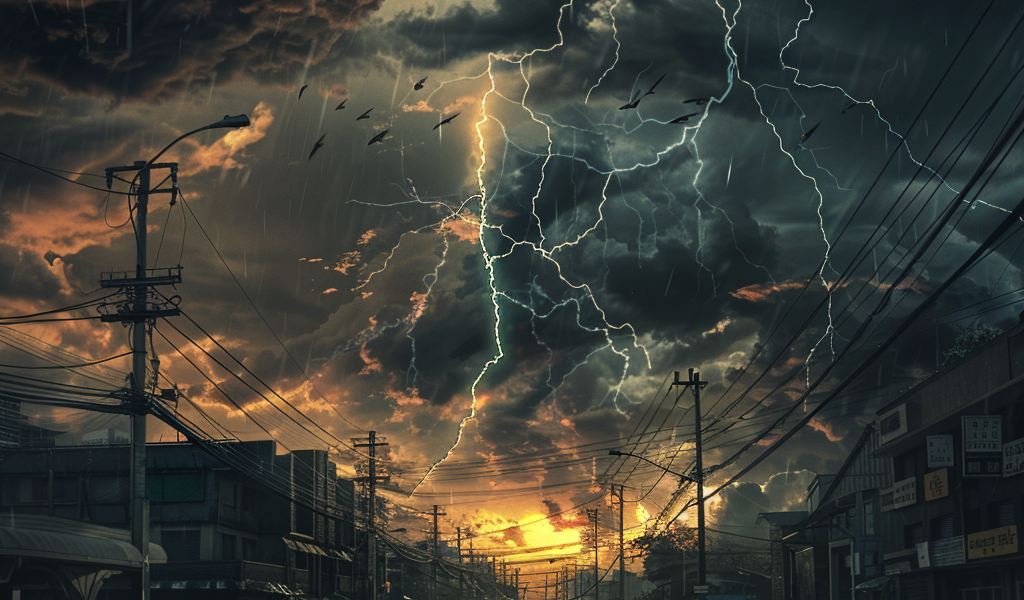Extreme weather disasters in the United States have been on the rise since 1980, with a total of 383 events costing over $2.7 trillion. These disasters, each causing at least $1 billion in damages, have been steadily increasing in frequency and cost over the decades.
According to data from the U.S. National Oceanic and Atmospheric Administration (NOAA), severe storms have been the most common type of billion-dollar disasters, accounting for half of all events since 1980. Tropical cyclones, on the other hand, have been the costliest, contributing to over 50% of the total costs incurred.
The NOAA tracks and estimates the costs of these disasters, adjusting for inflation to provide accurate figures. The total inflation-adjusted costs of extreme weather disasters have been escalating over the years, with the 2010s being the costliest decade at $978 billion.
As of May 8, 2024, the 2020s have already seen 95 extreme weather disasters, amounting to $568 billion in damages. This figure represents over 70% of the total disasters recorded in the entire 2010s, indicating a significant increase in the frequency of such events.
One of the most expensive single events was Hurricane Katrina in 2005, which incurred $199 billion in inflation-adjusted costs. The impact of these disasters extends beyond immediate damages, affecting critical infrastructure like electricity generation and distribution.
For instance, droughts have led to a decline in hydropower generation, a key source of renewable electricity in the U.S. Utility companies, such as Hawaii Electric, are facing substantial costs due to disasters like wildfires. The company is grappling with $5 billion in potential damages claims from the 2023 wildfire, highlighting the financial risks associated with extreme weather events.
In response to the escalating risks, some utility companies are proactively preparing for such disasters by investing in measures like burying power lines, increasing insurance coverage, and upgrading infrastructure. These steps are crucial to ensuring the resilience of the electricity sector in the face of climate change and extreme weather events.
As the frequency and costs of extreme weather disasters continue to climb, it is imperative for stakeholders in the utilities industry to prioritize resilience and adaptation strategies. By taking proactive measures to mitigate risks and enhance infrastructure, companies can better withstand the impacts of future disasters and ensure the reliability of electricity supply for consumers.
For more insights on the future of sustainable electricity and efforts to address extreme weather challenges, organizations like the National Public Utilities Council are playing a vital role in shaping a resilient and sustainable energy landscape.





